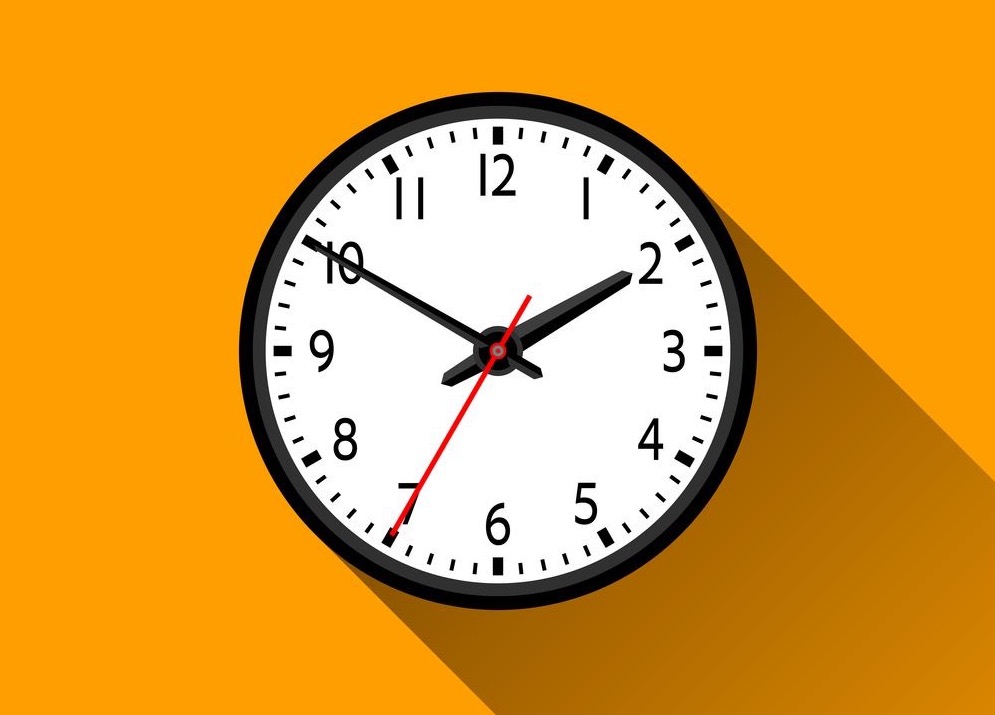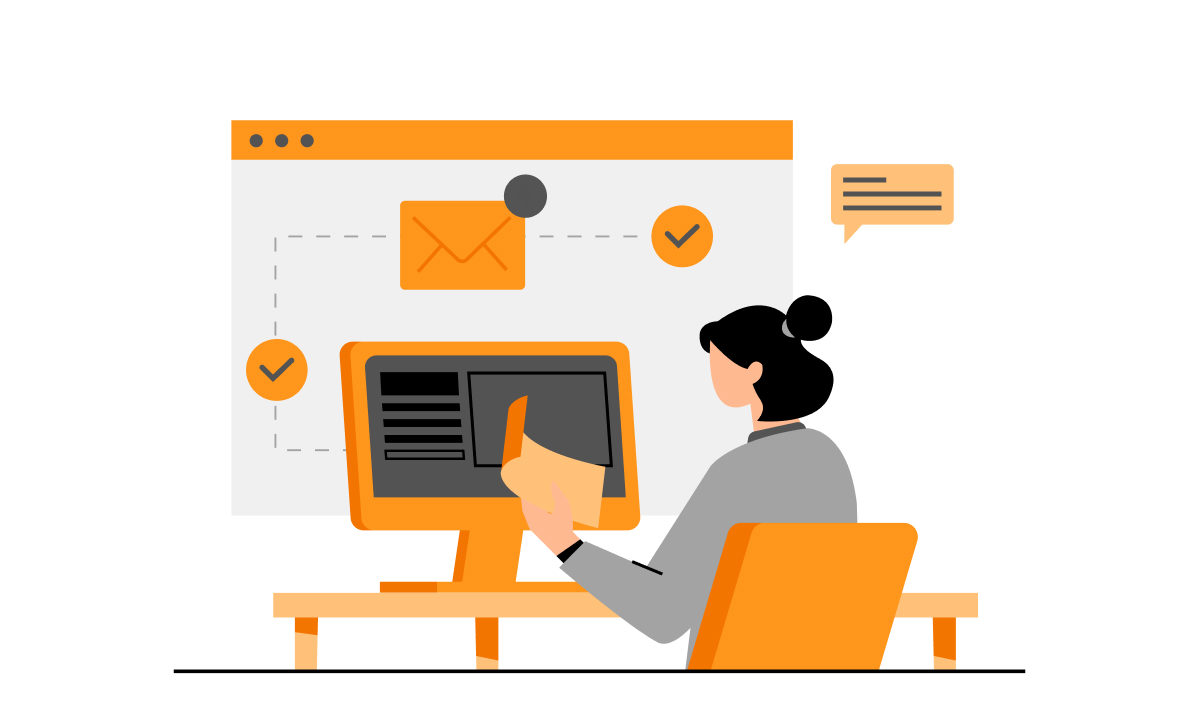May 23, 2023 • 2 min read
How long does it take to prototype an idea?

The process of transforming an idea into a functional prototype is a crucial step in the development of new products or services. A prototype allows you to visualize, test, and refine concepts before investing significant resources in their implementation. However, many entrepreneurs and innovators wonder how long it takes to prototype an idea. In this article, we’ll explore the factors that influence prototyping time and provide an overview of the typical timelines involved in this process.
Facts that influence prototyping time
The time required to create a prototype can vary widely depending on a variety of factors. Some of the main elements that influence this aspect are:
- Complexity of the idea: The completeness of the idea is one of the most important factors that determines the time needed to create a prototype. Simple and straightforward ideas may require less development time compared to more complex and technologically advanced ideas.
- Available resources: Access to the right resources, such as technical skills, tools, and materials, can speed up or slow down the prototyping process. With limited resources, the time required to develop the prototype can be prolonged.
- Level of experience and knowledge: The experience and knowledge of the team in charge of developing the prototype are also decisive. An experienced team trained in the specific field can complete the prototyping process more efficiently than a team that is novice or inexperienced in the area.
Typical timelines in the development of the prototype of an idea
Although each project is unique and deadlines may vary, it is possible to establish an overview of the typical times involved in prototyping. Here are some rough estimates:
Basic prototype
During the development of a basic prototype, the simplicity and initial feasibility of the idea are prioritized. The time required will depend on the clarity of the concept and the availability of resources, with deadlines ranging from one week to several months. This prototype type allows you to capture the essential aspects of the idea and assess its feasibility.
Functional prototype
The development of a functional prototype involves greater complexity, especially when integrating technological or mechanical components. The time needed for this type of prototype can range from several months to up to a year, as it focuses on testing and evaluating the functionality and performance of the concept. During this process, technical solutions are sought and extensive testing is carried out to ensure that the prototype meets the desired requirements.
Prototype of an advanced idea
For highly complex, technologically advanced ideas or involving multiple disciplines, such as artificial intelligence or biotechnology, the development of an advanced prototype can take several years. This prototype focuses on achieving an accurate and complete representation of the final concept.
It should be noted that these deadlines are general estimates and can vary significantly depending on the factors mentioned above and the specific circumstances of each project. In addition to everything we have exposed so far, there are multiple factors that influence this process. Among them, the following:
- Scale of the required prototype
- Level of customization and details of the prototype
- Access to specialized technologies and materials
- Budget and time constraints
- Regulatory complexity and legal requirements.
Other issues to consider in the development of the prototype of an idea.
Ultimately, prototyping requires patience, dedication, and collaboration among team members. It is an iterative process in which different versions of the prototype are tested and refined until a satisfactory solution is reached. As challenges are overcome and the concept is refined, the prototype becomes a valuable tool for validating the viability and potential of the idea.
If you’re in the process of prototyping, it’s critical to have a clear focus, set realistic goals, and be willing to adapt as the project progresses. Working with experts in design, engineering and development can speed up the process and ensure high-quality results.
Remember that the time of creating a prototype should be considered as an investment that, in the future, will serve to validate and refine your idea before launching it to the market. Don’t rush, allow the prototyping process to unfold properly and take advantage of opportunities to learn, iterate, and improve your concept.
In summary, the creation of a prototype of an idea is a crucial process in the materialization of the same and its transformation into a tangible product or service. The time required to create a prototype can vary depending on the complexity of the idea, the resources available, and the level of expertise of the team. Typical timelines can range from a few weeks to several years, depending on the nature of the project. Keep in mind that in this article we only talk about general estimates and that each project is unique.
Book a consultation
Let's start some incredible projects.
Let's innovate together!









